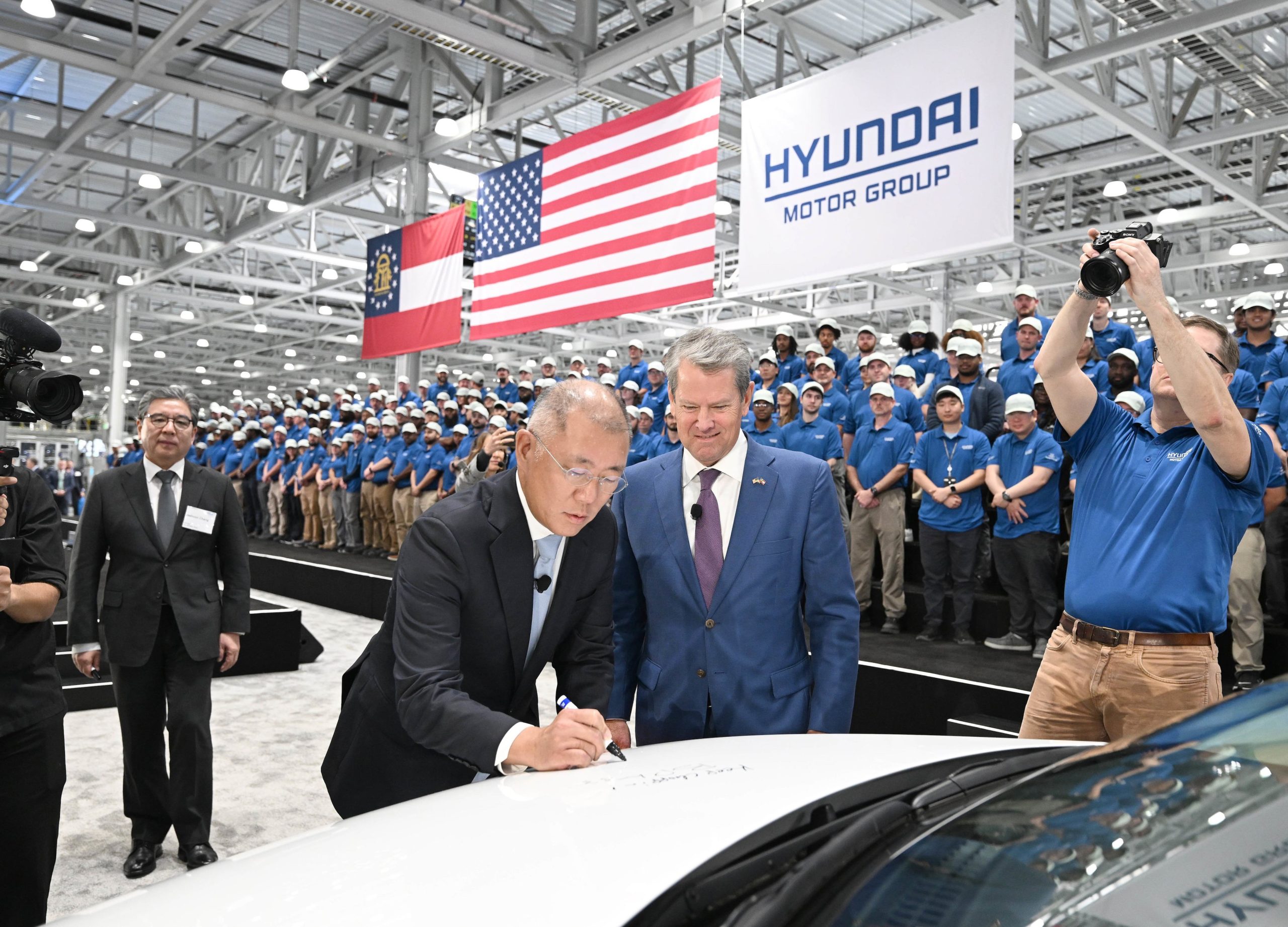Impact of U.S. Tariffs on Hyundai’s Profitability
Hyundai Motor is facing a significant challenge in maintaining its operating profit due to the imposition of high tariffs on imported vehicles in the United States. These tariffs, which have been in place since April under the Trump administration, are expected to lead to a sharp decline in the company’s earnings. To mitigate this impact, Hyundai may need to increase prices in the U.S. market. However, the automaker is cautious about doing so because it could make its vehicles more expensive than those of key competitors like Toyota and Honda.
Several financial institutions have already revised their projections for Hyundai’s stock performance, citing the potential negative effects of the tariffs on the company’s profitability. According to industry sources, these brokerages have lowered their target stock prices for Hyundai, reflecting concerns over the expected drop in profits.
Meritz Securities, one of the leading investment firms, released a report last month indicating that if the tariff rate remains unchanged, Hyundai’s annual operating profit could decrease by 6.26 trillion won, representing a 44% drop compared to the previous year’s figure of 14.24 trillion won. In response, Meritz reduced its target price for Hyundai’s stock from 310,000 won to 265,000 won. Similarly, Hanwha Investment & Securities predicted a 5.4 trillion won decline in operating profit this year and adjusted its target price from 310,000 won to 270,000 won.
According to data from FnGuide, a financial data provider, the average consensus for Hyundai’s second-quarter operating profit is approximately 3.6 trillion won. This represents a nearly 16% decrease compared to the same period last year.
Hyundai has established manufacturing facilities in the U.S. to support its domestic operations. The company produces vehicles for the American market at its plant in Alabama, and since October, it has also been running the Hyundai Motor Group Metaplant America (HMGMA) in Georgia, which focuses on electric and hybrid vehicles. Despite these efforts, 60% of the cars sold in the U.S. are still manufactured in South Korea. Popular models such as the hybrid and Genesis series are primarily exported from the Ulsan plant.
During a conference call in April, Hyundai’s Chief Finance Officer, Lee Seung-jo, stated that U.S. prices would initially remain stable but could increase after June 2, depending on market conditions. However, more than a month later, no decision has been made regarding potential price hikes.
In the U.S. market, Hyundai competes closely with Japanese automakers such as Toyota and Honda. Historically, Hyundai has positioned its vehicles as slightly more affordable while offering superior performance. If the company raises prices before its competitors, it risks losing sales due to increased costs.
For instance, the Hyundai Sonata midsize sedan is priced between $26,650 and $36,745 in the U.S. The Toyota Camry ranges from $28,700 to $36,425, while the Honda Accord is priced between $28,295 and $30,560. The lowest price of the Sonata is 6-7% lower than that of the Camry and Accord, but its highest price is already above both models. If Hyundai were to raise prices by just 10% to offset the tariffs, the top price of the Sonata could reach $40,000, significantly reducing its competitive edge.
Other major models, such as the Tucson SUV, also face similar challenges. The Tucson is priced between $28,000 and $42,970, which is close to the price range of the Toyota RAV4 ($28,850 to $42,355) and the Honda CR-V ($30,100 to $42,495). With minimal price differences, Hyundai finds it difficult to pass on the tariffs to consumers first, further complicating its strategy in the competitive U.S. market.







